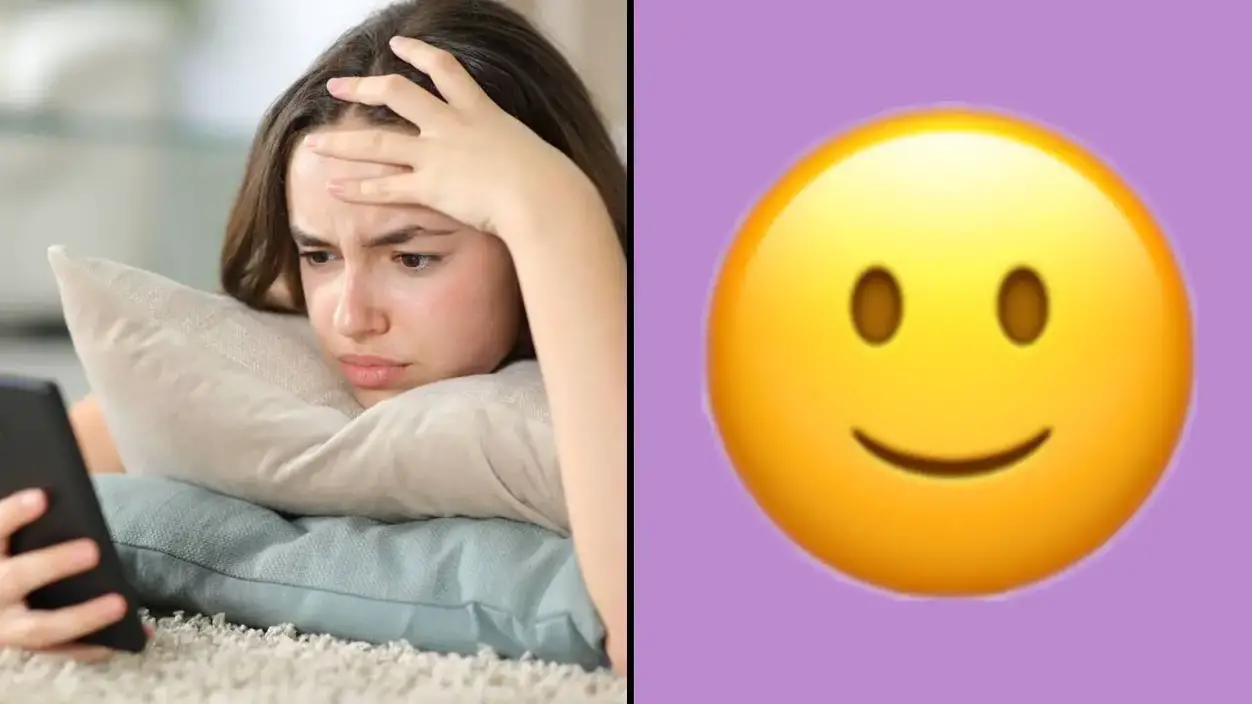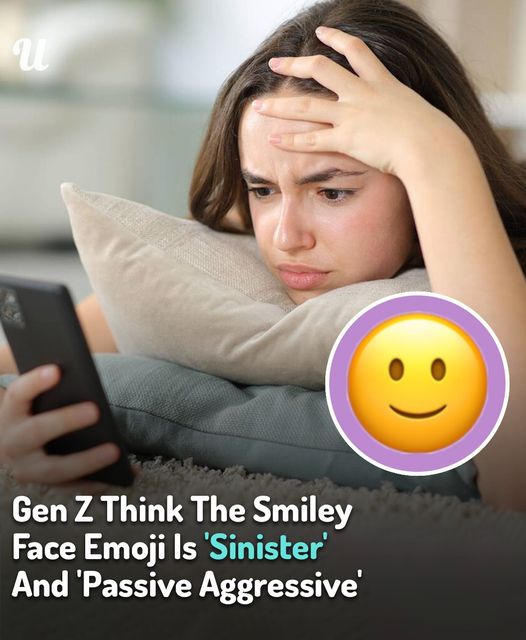
Gen Z apparently finds the smiley face emoji both ‘passive aggressive’ and ‘sinister’.
It seems that using emojis is truly a minefield.
From revelations about what the ‘cute eyes‘ emoji really means to news that the thumbs-up symbol isn’t quite as positive as we’d always thought, it seems things can get lost in translation when you opt for a little picture alongside your text.
The latest emoji news is apparently Gen Z finding the smiley face icon offensive – and the internet is baffled.
It seems that the issues with the smiley face emoji are all a part of a generational divide.
Millennials don’t seem to have a problem with adding a smile to their texts.
Donna Scott, 38, tells The Independent: “I always thought it was a way to show that what I was saying in a message was in a happy and positive context, as often the intention of a message can get lost.
“I don’t really see how it is passive-aggressive, I think there’s plenty of other emojis that are better suited for this, such as the raised eyebrow emoji.
“It actually shocked me to hear that it was seen in such a way.”

Scott adds that she hopes people see the real ‘intention’ behind the emojis she sends, rather than any ‘new meaning’.
Riika Heinaaho, 29 expresses a similar sentiment, saying: “Let’s say you are emailing someone with a lot of critiques, and you want to soften it up, sometimes the smiley does it.”
However, these same views are not reflected by Gen Z.
Hafeezat Bishi, a 21-year-old intern in the US, tells The Wall Street Journal she interprets the smile as ‘dismissive’ and conveying a ‘side-eye smile’.
“I had to remember [my colleagues] are older, because I use it sarcastically,” she comments.
Ellie York, 23, says that ‘there is definitely a more sinister passive-aggressive or sarcastic side’ to the face.
“I think it’s the eyes. It’s got an ‘oh really’ expression,” she explains. “People my age who use emojis tend to use this in conversations with each other, not as a happy response, but in a more sarcastic or ironic sense.”
The emoji is described as a ‘slight smiling face’ by the social media management company Later, which adds it’s: “A simple and gentle smile, portraying subtle happiness.”
While The Sun adds that it’s typically used ‘on the end of a professional message to keep things good-natured and positive’.
However, the outlet adds that some ‘might use it with a sarcastic, ironic or patronising tone’.
So, it seems it’s all up to interpretation and who you’re exchanging the emoji with!
